Physical Address
304 North Cardinal St.
Dorchester Center, MA 02124
Physical Address
304 North Cardinal St.
Dorchester Center, MA 02124
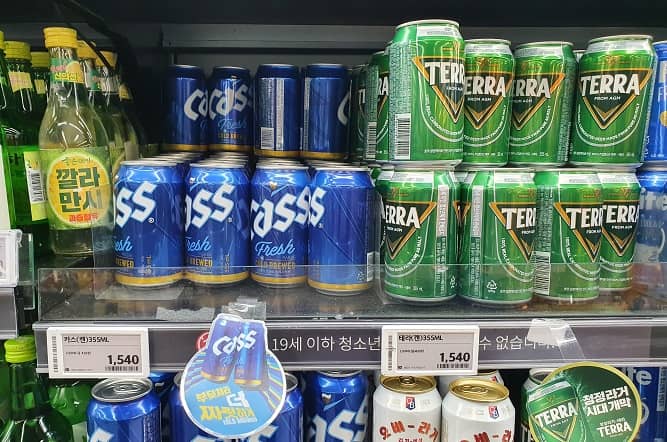
When it comes to Korean alcoholic beverages, the spotlight often falls on soju or maesil-ju. However, the often under appreciated Korean beer scene, has been quietly brewing up a storm over the past few years. Beer culture in Korea has evolved significantly, with craft beer and local breweries gaining popularity. This article aims to guide you through the best Korean beers that you must try on your next visit to South Korea or your local Korean restaurant.
South Korean Lager dates back to the early 20th century when the country was under Japanese rule. The first brewery, Oriental Brewery (OB), was established in 1933, and it introduced OB Lager, the country’s first beer. However, it wasn’t until the late 20th century that beer consumption really took off in South Korea.
Korean beer has its roots in traditional alcoholic beverages, such as makgeolli. When Western beer styles arrived, a new trend began. Japanese rule introduced lager brewing, marking the start of modern beer production.
In early times, brewing was a craft practiced in homes, using traditional methods. As Western influence grew in the 20th century, Korea’s brewing industry modernised and expanded.
In the 1990s, as the country’s economy grew, so did the demand for beer. This led to the establishment of several other breweries, including Hite Brewery and Cass Brewery. These breweries introduced their own lagers, which quickly became popular among South Koreans.
The rise of Korea’s economic power in the 1990s saw beer’s popularity grow. Western influence, along with the country’s innovative spirit, drove this change. Today, Korea features a lively beer scene, blending traditional and modern tastes.
In recent years, there has been a shift towards craft beers, with several microbreweries popping up across the country. These breweries are experimenting with different styles and flavors, introducing South Koreans to a whole new world of beer.
This blend of old and new methods shapes the refreshing beer scene. Korean beers are increasingly winning international awards, showcasing their quality and global appeal. The evolution of Korea’s beer culture reflects an openness to innovation, yet remains rooted in tradition.
Related Post: 10 Best Soju Flavours To Try
These are the beer types that are available in almost all places in Korea. When I say “commonly found” beers, I am pertaining to these kinds. There are several major brands under this category, such as Cass, Hite, Kloud, Max, and OB.
These types of beers typically aren’t exceptional. If you desire an exceptional taste, it’s recommended that you continue reading to learn about craft beers. Nevertheless, these beers do have their own unique purpose, and are often used to make a great somaek (a mixture of soju and beer).
In my opinion and after extensive online research, these beers are typically viewed as inferior to European beers due to their weaker taste. They are primarily adjunct lagers with a similar style to Budweiser.
Korean beers often use rice or corn as adjuncts. They add a subtle sweetness and keep the beer light.
These ingredients contribute to the unique flavour profile of Korean lagers. Most Korean beers are light and refreshing, catering to the taste preferences of many locals.
Their moderate alcohol content makes them perfect for pairing with food. The result is a smooth, crisp beer that complements meals beautifully.
The most popular Korean beers are perfect to consume while eating delicious Korean cuisine, such as chicken, samgyeopsal, and other tasty dishes.
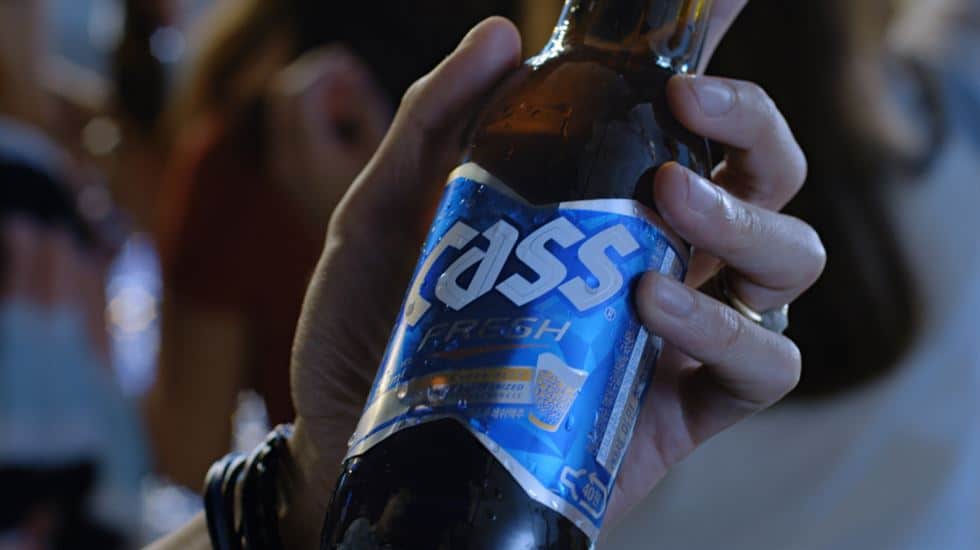

A staple in Korean bars and restaurants and publicised by none other than Gordon Ramsey, Cass is a light and refreshing lager that pairs well with a variety of Korean dishes. It’s a go-to Korean beers choice many locals and tourists alike. With a market share of 36%, this adjunct lager has won the best beer award for the past five years.
Cass has a mild hops flavor, and the taste will stick around for a while after taking a sip. The taste isn’t as smooth as some other beers, such as Kloud, but Cass has a richer and deeper flavor. On top of this, Cass tastes more crisp and refreshing.
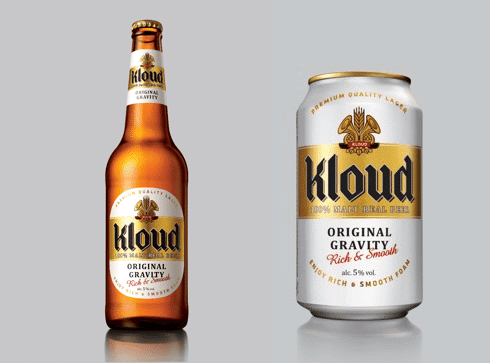

Brewed using traditional German methods, Kloud offers a rich flavor profile compared to other mainstream Korean beers. Its distinctive taste has earned it a loyal following. Kloud has a slightly fruity taste that has a tiny tang.
This sweet taste isn’t pronounced in the face of the taste of the grainy hops. Overall, Kloud is relatively light-bodied. This makes Kloud very easy to drink. It’s a smooth beer that is easy to drink more than you should – a worthy contender in the Korean beers list


Another popular Korean beer, Hite is a smooth lager that’s perfect for those who prefer a less bitter taste. It’s a common sight at Korean BBQ restaurants. Hite is lighter than Cass and has an even taste – it’s not overly sharp, rich, or strong. For this reason, it didn’t stand out to me.
Instead, I found it was most comparable to FiLite, one of Korea’s budget beer brands. Hite is an okay beer choice if you are looking for something simple that won’t take away from another flavor. It’s good to wash down spicy foods or Korean barbeque where you don’t want the beer overwhelming the food.

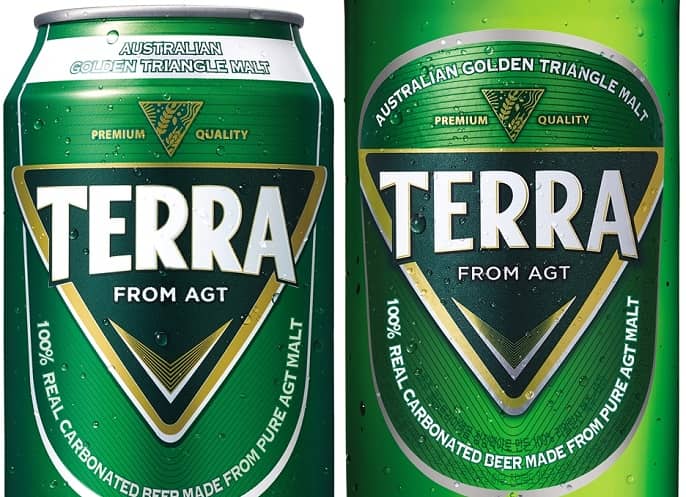
Terra is a relatively new entrant in the Korean beers market, but it has quickly gained popularity for its crisp and clean taste. Terra has a light malt taste when it first meets your taste buds. However, this taste grows as your progress through the can and is more distinctive after a few sips.
You may also notice a slight corn smell that is ever-present while not obvious. Terra has a deeper taste than Cass, but Cass has a more iconic upfront hops taste.
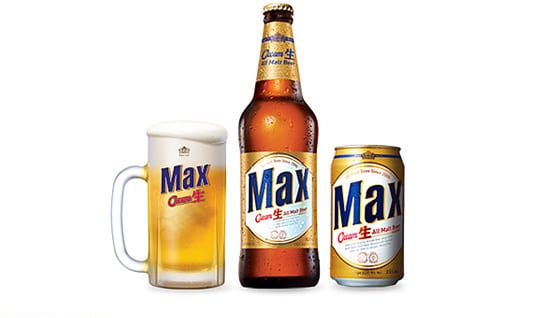
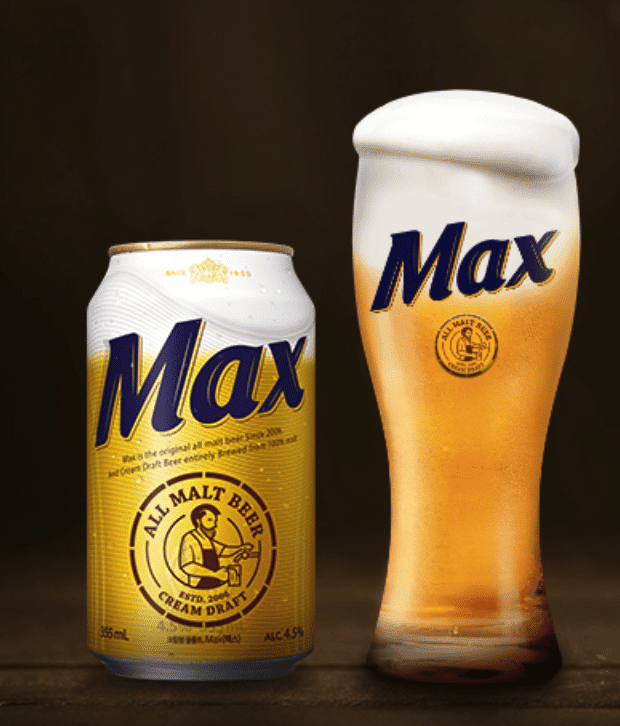
Max stands out for its unique flavors, often incorporating elements like lemon and other fruits. It’s a great choice for those looking to try something different. Max is known for being an exceptionally creamy beer. For this reason, it’s usually found alongside chicken in Korea’s many chicken restaurants.
This Korean beer has a rich taste that complements the creaminess. There is also a nice depth to the malt beer. The balance of malt and hops makes Max a smooth drink that works well with a range of dishes.
The most popular Korean beers are perfect to consume while eating delicious Korean cuisine, such as chicken, samgyeopsal, and other tasty dishes.
These affordable brews are a testament to the fact that you don’t need to break the bank to enjoy a good beer.
Korean budget beers, often found in convenience stores and supermarkets, offer a cost-effective way to enjoy a cold brew without compromising on taste. They are the unsung heroes of the Korean beer scene, providing a refreshing respite for those on a budget.
Whether you’re a student looking for a cheap drink, a traveller trying to stretch your won, or simply someone who enjoys a good deal, Korean budget beers have got you covered. From light lagers to flavorful ales, these budget-friendly options cater to a variety of tastes and preferences.
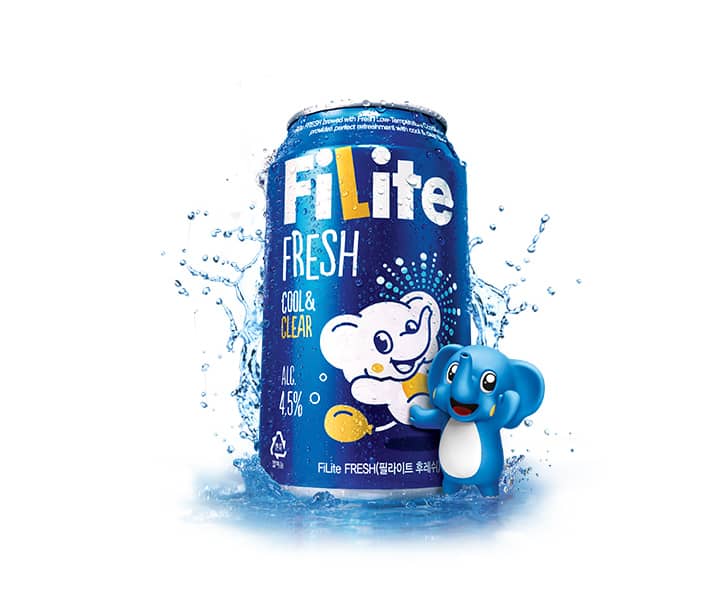
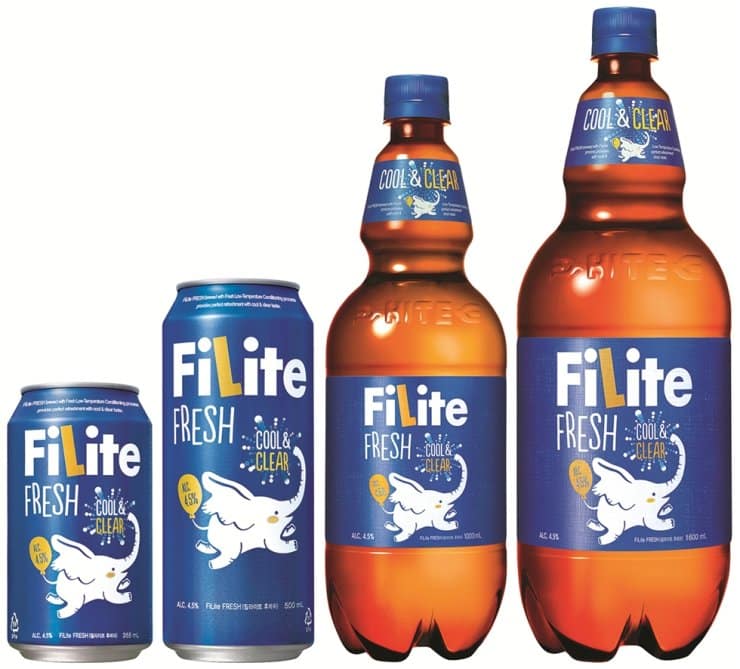
A favourite among students, FiLite is a budget beer that offers a strong hops flavour with a lighter feel, likely due to its lower malt content. It has a sharp initial taste that quickly fades, leaving a weaker flavour compared to other beers on this list. FiLite is also noticeably more carbonated than other Korean beers. Despite its shortcomings, FiLite is a drinkable beer that offers value for money.
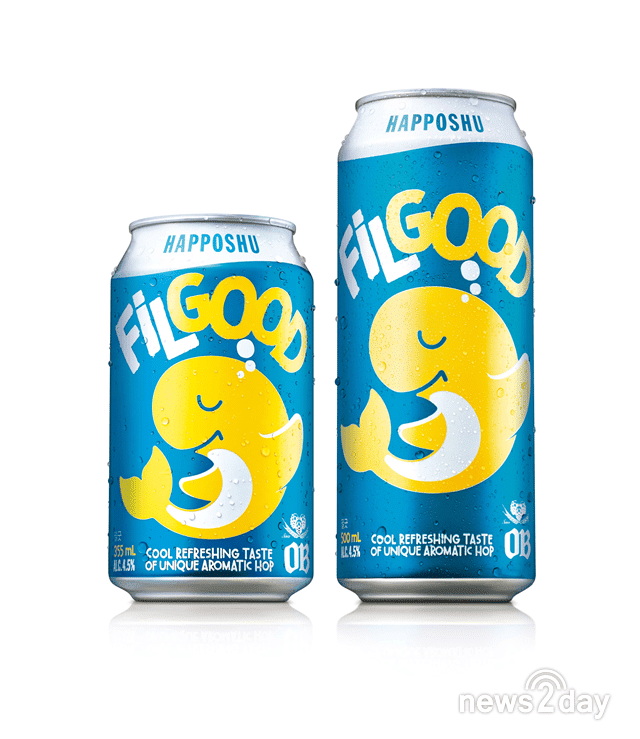
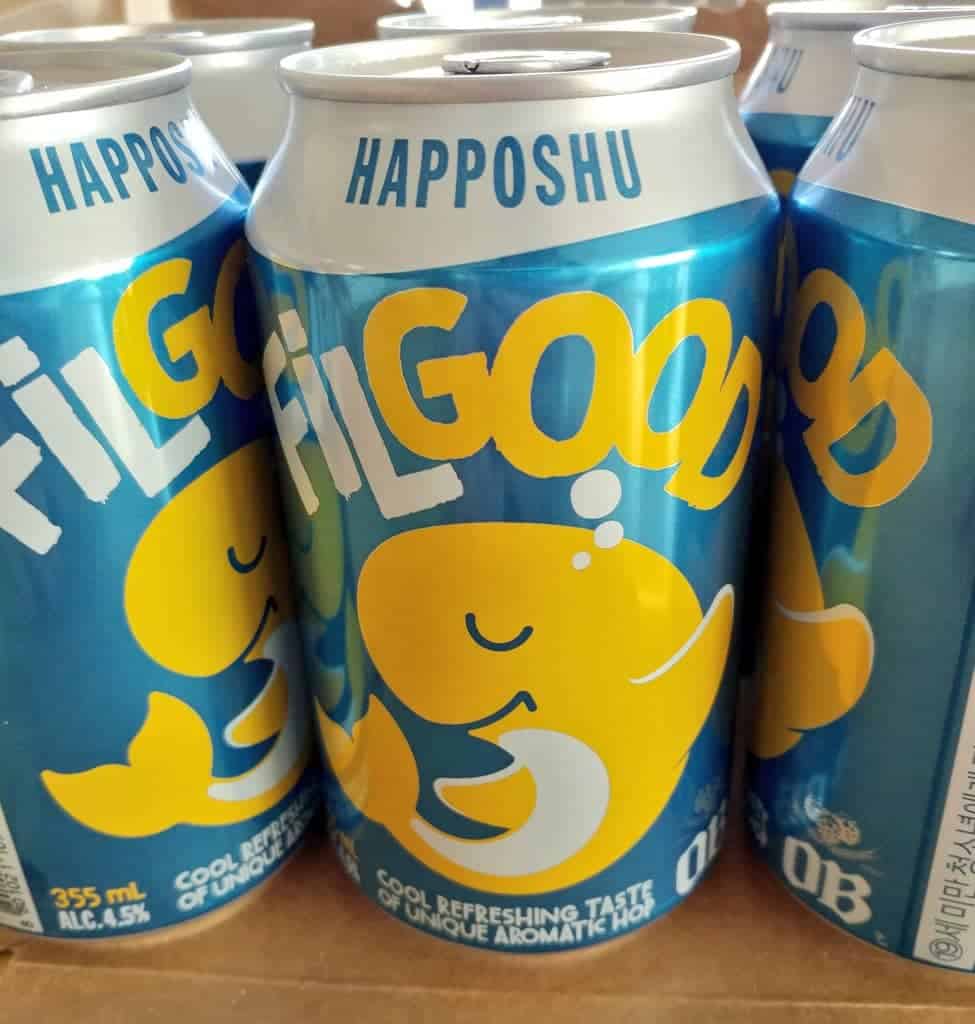
FilGood is Oriental Brewery’s budget beer. It has a similar flavor profile to FiLite but tastes weaker, almost more watered down. FilGood has a consistent taste throughout, without any strong initial or aftertastes. It’s smoother and easier to drink than FiLite, making it a good choice for those seeking a cheap, easy-to-drink beer.
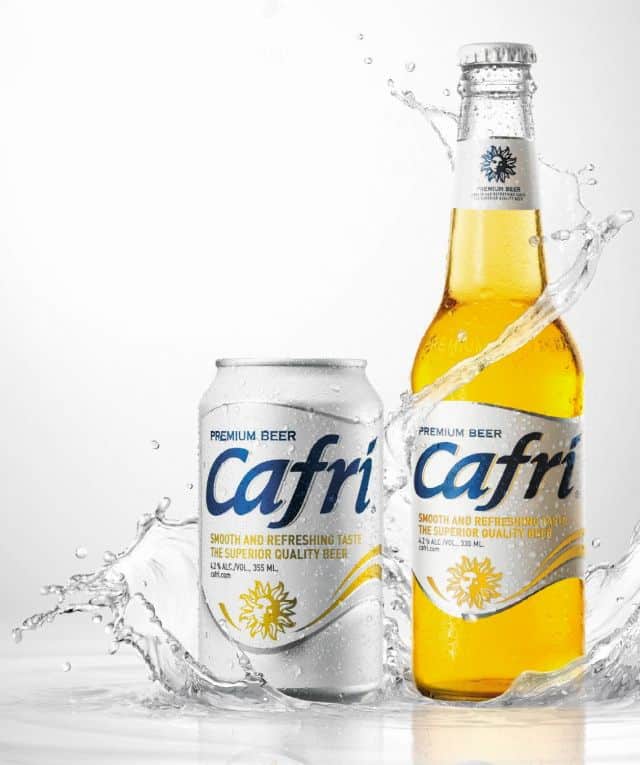
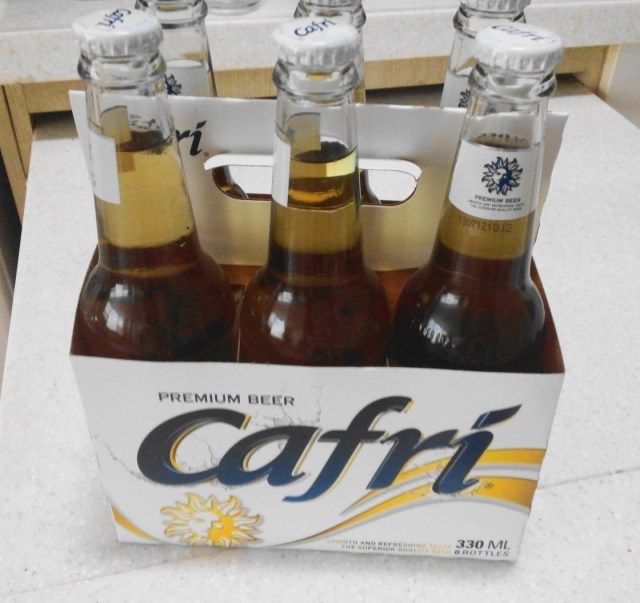
Often referred to as Korea’s version of Corona (and you can see why by the look of it), Cafri is a budget light lager. However, its taste is very weak and watery, more like a carbonated soft drink with a slightly bitter taste. The taste dissipates almost instantly, leaving little to remember. Despite its shortcomings, Cafri could be a good choice for those seeking a very light, carbonated beer.
Several major breweries shape the Korean beer landscape. Oriental Brewery is a leader, with a legacy that began in 1933. HiteJinro is another key player, known for flagship beers like Hite and Max.
Lotte Chilsung, more recent to the scene, has quickly made a name for itself. Each of these breweries brings unique offerings to the table. Their competition fuels innovation, ensuring the market remains lively and developing.
These breweries are not only dedicated to production but also to sustainability. HiteJinro, for example, focuses on eco-friendly practices, like reducing water usage and emissions.
Oriental Brewery invests in community initiatives and education about responsible drinking. This commitment to both quality and responsibility highlights the positive impact they seek to have on society. Korean breweries continue to expand globally, bringing unique flavours to new markets.
Their growing presence attests to the international interest in Korean beers.
Korean beers often find their way into social gatherings and meals. They pair well with foods like Korean BBQ, where the beer cuts through the richness of meats.
Craft beers with bold flavours match well with spicy dishes. The versatility of these beers enhances the dining experience.
Beer is more than just a drink; it’s a social glue. It brings people together around the table, fostering laughter and conversation.
Craft beers are a growing movement in Korea. Local breweries experiment with new flavours, driven by consumer demand.
International influences have sparked creativity in brewing styles. Collaborative efforts between Korean and foreign brewers are on the rise.
Imported beers also gain ground, reflecting a more adventurous palate. These trends show a shift towards quality and variety in Korean beer consumption.
The Korean beer scene is as diverse as it is exciting. From mainstream lagers to craft beers with unique flavors, there’s a Korean beer for every palate. Whether you’re a beer connoisseur or a casual drinker, these Korean beers offer a refreshing change from the usual suspects. So the next time you’re in the mood for a cold one, why not reach for a Korean beer?
Remember to always drink responsibly and enjoy the rich flavours that Korean beers have to offer. Whether you’re pairing it with a meal or enjoying a cold one on a hot day, there’s a Korean beer that’s just right for the occasion. Cheers, or as they say in Korea, “건배” (geonbae)!
What Is the Best Korean Beer? This is totally subjective! However, in my opinion, the best mainstream beer is Cass. When it comes to craft beers, I love Malpyo and Jeju Wit Ale.
Where Can I Buy Korean Beer? If you are in Korea, the best place to go is your local supermarket or convenience store. If you are overseas, check out the local Korean mart or shop online!
What Is the Most Famous Korean Beer? The most famous Korean beers are Cass, Kloud, Hite, OB, Terra, and Max.
What Types of Beer Are Famous in Korea? In Korea, you will find a lot of Adjunct Lager. Light beers and Pale Ale are also quite common!
What Beers Are Trendy in Korea? Currently, craft beers are very trendy in Korea. The most popular craft beers are Jeju Wit Ale, Gompyo, and Malpyo.